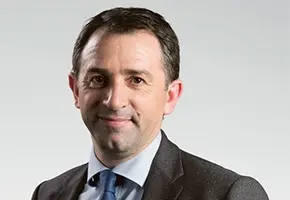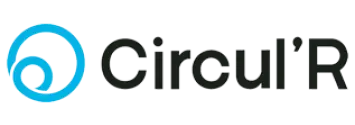Since its foundation, in 1904, Legrand has adapted to market evolutions. Discover how a porcelain workshop became the global specialist for electrical and digital building infrastructure. Today, the Group is supporting the connected revolution in buildings.
After over a century of company history, Legrand is more than ever looking to the future
Discover the history of Legrand.
The Legrand logo over the years
Since 1968, Legrand’s logo is composed of two « Ls » (for Legrand and Limoges) which represent a switch with its two entrances and exit wire.
Legrand management
The experience and commitment of Legrand's management have enabled it to nurture and maintain a unique corporate culture that inspires and rewards talent and initiative.
The porcelain tableware logo
(1865-1949)
This logo was used between 1870 and 1949 on porcelain tableware. It shows a star encompassed by two half-moons, bearing the inscriptions 'Limoges' and 'France'.
On the back of plates, this logo was often combined with the name 'F. Legrand & Cie Limoges France'.
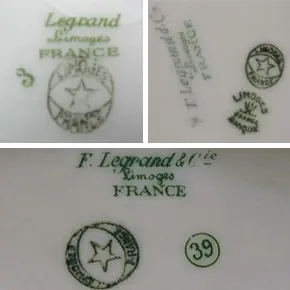
Management of the porcelain tableware factory
(1865-1924)
In 1865, Henri Barjaud de Lafond and Léonard Clidasson, wood merchants, built the porcelain factory, which was operated in turn by Ernest Duchatelet (1865), M. Léobon (1871), Paul Lacroix (1876) and Henri Barjaud de Lafond (1877).
In 1897, brothers Jules and François Vultury bought the factory and operated it themselves.
In 1904, the business was taken over by Frédéric Legrand, Charles Alary and Jean Joquel.
In 1911, the company was run by Emile Betoule and Frédéric Legrand.
Legrand's origins
(1865-1918)
The origins of Legrand go back to 1865, when a porcelain tableware workshop was set up wood merchants Henri Barjaud de Lafond and Léonard Clidasson along Route de Lyon (now called Avenue du Maréchal de Lattre de Tassigny) in Limoges, where the Group's head office is still located today.
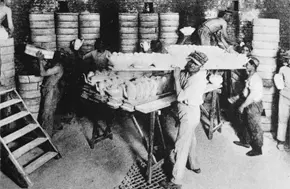
Legrand's origins
(1865-1918)
The factory was built on the banks of the Vienne river so that wood could easily be brought to fuel the kilns in which the porcelain was fired.
It was operated in turn by Ernest Duchatelet (1865), Mr. Léobon (1871), Paul Lacroix (1876) and Henri Barjaud de Lafond (1877).
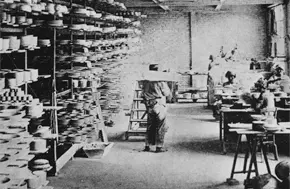
Legrand's origins
(1865-1918)
In 1897, brothers Jules and François Vultury bought the factory and operated it themselves.
In 1904, the business was bought by Frédéric Legrand, Charles Alary and Jean Joquel, to become the Legrand, Alary & Joquel Company. From then on, Legrand was part of the company name.
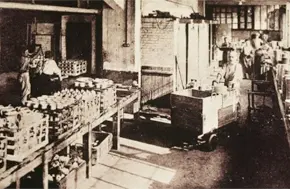
Legrand's origins
(1865-1918)
In 1911, the company name changed to Betoule Legrand & Co.
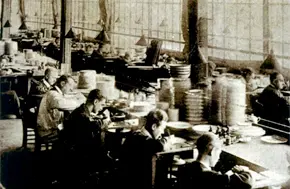
Electrical devices - The beginnings
(1919-1948)
In 1919, one of the partners, Jean Mondot, a Limoges craftsman who had set up a small factory at nearby Exideuil producing light switches made from porcelain and boxwood, expanded the company’s business by creating an ‘electrical wiring devices’ branch. Over the years, low-voltage electrical wiring devices were to gradually become the company’s main activity.
Tumbler switch (1919)
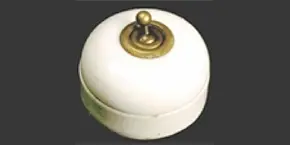
Electrical devices - The beginnings
(1919-1948)
As a means of optimising kiln capacity, small insulating components for electrical wiring devices were cured and dried in the otherwise unused space between stacks of round plates. Over time, the part design and curing processes became increasingly professional and ovens dedicated to producing insulation components for electrical devices were set up.
In 1924 The company became Legrand & Co. (Porcelain and electrical devices factory)
Legrand & Cie (1924)
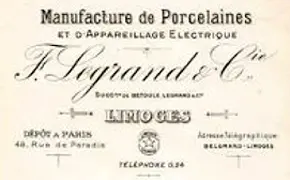
Electrical devices - The beginnings
(1919-1948)
In 1938 the factory acquired the first tunnel kiln in Limoges, operating on town gas, and intended for the firing of porcelain for electrical engineering applications. It was later demolished, in 1980, when porcelain manufacture was permanently halted in Limoges.
Inside the kiln during firing
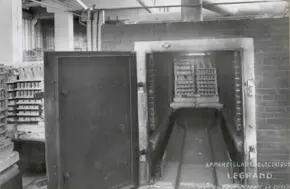
Electrical devices - The beginnings
(1919-1948)
In 1944 Legrand was taken over by two industrialists from Northern France who were also brothers-in-law, Jean Verspieren and Edouard Decoster.
Jean Verspieren and Edouard Decoster two industrials from the North to manage Legrand
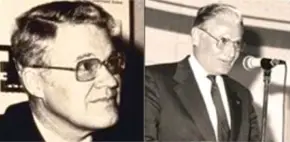
Frédéric Legrand
(1924-1943)
After a period of joint management with Emile Bétoule, in 1924, the company was managed solely by Frédéric Legrand and took on the name Legrand & Co.
The electrical devices logo
(1925-1967)
Made up of the letters CLL, for 'Compagnie Legrand Limoges', this logo was used from 1925 until 1967. During this period, it was to be found on packaging, catalogues and the façade of the head office building.
Logo displayed on the Legrand factory building in 1955 and on the catalogue front page in 1934
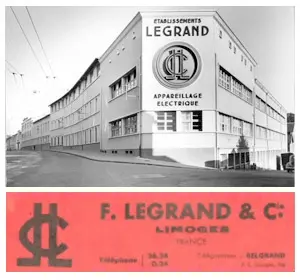
The electrical devices logo
(1925-1967)
From 1955 on, the "CLL" logo is used in combination with a cartoon of an electrical installer in action, whose cap bears the logo. This figure ceased to be used in 1968.
Installer displayed on wiring device cardboard box
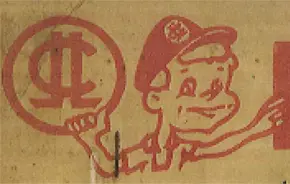
The electrical devices logo
(1925-1967)
Installer figuring on the back cover of the 1956 catalogue
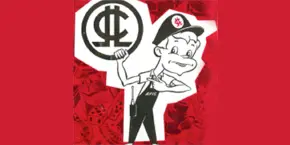
The electrical devices logo
(1925-1967)
Installateur figuring on the front cover of the 1963 catalogue

Jean Verspieren and Edouard Decoster
(1944-1988)
In 1944, Jean Verspieren and Edouard Decoster took over the management of Legrand.
After Jean Verspieren's death in 1983, Edouard Decoster continued running the company until 1988.
Acquisitions
Pioneer in international development, Legrand's growth model is based on innovation, regular launches of value-added products, and targeted, acquisitions of small to medium size companies that enjoy leading positions on their markets and are complementary with the Group's business.
1966: first subsidiary outside France, in Belgium
1977: first subsidiary outside Europe, in Brazil
1989: acquisition of BTicino in Italy
2000: acquisition of Wiremold in USA
2017: acquisition of Milestone in USA
Light-switch type logo
(1968-1973)
Before the creation of the version we are currently familiar with, the logo was redesigned through reassembly of the two capital 'L's in the "CLL" logo, placed facing each other head-to-foot in combination with two lines to represent a switch with its incoming and outgoing wires. The name "legrand" was placed in small lettering to the right of this visual.
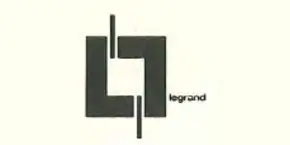
Light-switch type logo
(1968-1973)
This logo was used for 6 years between 1968 and 1973. This logo in black was also frequently combined with the name "legrand" written in larger-scale lettering, and in several colours.
Logo in the 1969 / 1970 / 1971 / 1972 catalogue
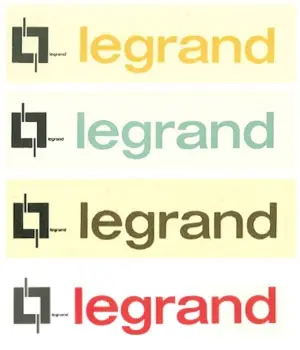
Legrand goes public
(1970)
1970: Legrand is introduced onto the Paris Stock Exchange
1987: Legrand was part of the CAC 40 from the start on December 31st, 1987

External growth develops internationally
(1970-1989)
- Martin & Lunel (1974 – France)
- Inovac (1974 – France)
- Pial (1977 – Brazil)
- Sarlam (1977 – France)
- Arnould (1980 – France)
- Planet-Wattohm (1982 – France)
- Pass & Seymour (1984 – USA)
- Bticino (1989 – Italy/Latin America)
Legrand on the stock market
Since its first flotation on the Paris stock exchange in 1970, Legrand has maintained close ties with its shareholders, who support its development by providing the capital needed to finance its expansion.
The current logo
(since 1974)
Still in use today, this logo was first used in 1974 in certain applications. It comprises the two black 'L's facing each other head-to-foot in combination with two lines to represent a switch with its incoming and outgoing wires, as well as a red "legrand" of the same size as the square that suggests a switch.
Extended to all-purpose use as of 1976, this logo is a registered trademark to protect against counterfeit and copy.
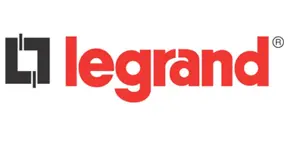
François Grappotte
(1988-2006)
In 1988, Edouard Decoster handed the chairmanship of Legrand over to François Grappotte, a graduate of the Ecole Nationale d'Administration (ENA), who was to be Chairman and CEO until 2006.
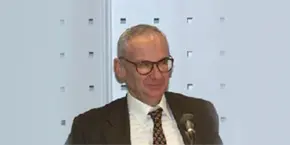
Access to new fast-growing markets
(1990-2000)
- Baco (1992 – France)
- Tenby (1992 – United Kingdom)
- Kontavill (1993 – Hungary)
- RTGamma (1995 – Italy)
- MDS (1996 – India)
- Luminex (1996 – Colombia)
- Fael (1996 – Poland)
- The Watt Stopper (1996 – USA)
- URA-Saft (1997 – France/Spain/Australia)
- Ortronics (1998 – USA)
- Anam (1999 – South Korea)
- Ceb (1999 – Italy)
- Tegui (2000 – Spain)
- Quintela (2000 – Spain)
- Lorenzetti (2000 – Brazil)
- Wiremold (2000 – USA/UK/Poland)
Schneider, KKR and Wendel
(2001-2003)
2001: Schneider Electric launches a friendly securities exchange takeover bid aimed at controlling all of Legrand’s capital. But the European Commission eventually opposes the merger on competition grounds. As the share exchange process has taken place, Schneider is forced to divest itself of the entire share capital of Legrand.
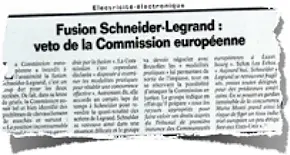
Schneider, KKR and Wendel
(2001-2003)
2002 / 2003: Completion of the ‘demerger’ process: after an agreement with Schneider Electric is reached, the capital of the Legrand Group is acquired by a Consortium consisting mainly of investment funds Wendel Investissement and KKR, and Legrand is delisted.
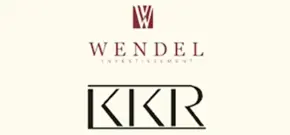
Intensified acquisition drive
(2001-2010)
- Van Geel (2004 – Netherlands)
- On Q (2005 – USA)
- Zucchini (2005 – Italy)
- TCL Building Technology (2005 – China)
- TCL International Electrical (2005 – China)
- ICM Group (2005 – France)
- Cemar (2006 – Brazil)
- Shidean (2006 – China)
- RM Kabelbaner (2006 – Denmark)
- Vantage (2006 – USA)
- HPM (2007 – Australia)
- Macse (2007 – Mexico)
- UStec (2007 – USA)
- Kontaktor (2007 – Russia)
- TCL Wuxi (2007 – China)
- Alpes Technologies (2007 – France)
- PW Industries (2008 – USA)
- Estap (2008 –Turkey)
- HDL (2008 – Brazil)
- Electrak (2008 –United Kingdom)
- Inform (2010 – Turkey)
- Indo Asian Switchgear (2010 – India)
- Meta System Energy (2010 – Italy)
Legrand looks to the future
(2006-)
In 2006 Legrand returns to the stock market, listed on Euronext. In 2011, Legrand becomes part of the CAC 40.
Legrand looks to the future
(2006-)
The Legrand Foundation was created in 2014 to act against exclusion and electricity insecurity - in France, 3.4 million households are in a situation of fuel poverty. Actions in favor of employment and training within the electrical industry are also implemented
Fondation Legrand (2014)
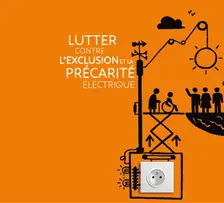
Legrand looks to the future
(2006-)
In 2015, Legrand launched the Eliot program to accelerate the deployment of its Internet of Things (IoT) offering and respond to new issues related to connected building, for both individuals and professionals.
Launched in 2015 in France and Italy, Eliot is Legrand's program dedicated to connected objects.
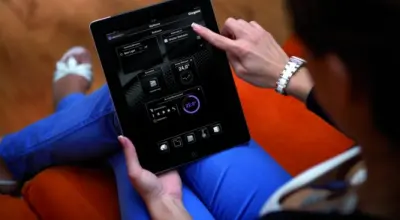
Legrand looks to the future
(2006-)
With this development, Legrand now offers integrated solutions for the management of lighting, heating, energy, networks and access in the building.
Improve comfort and quality of life

Legrand looks to the future
(2006-)
Our mission: to design, develop and market electrical and digital systems that are both simple and innovative. Systems that enhance communication, enhance safety and improve comfort in buildings.
Design Legrand
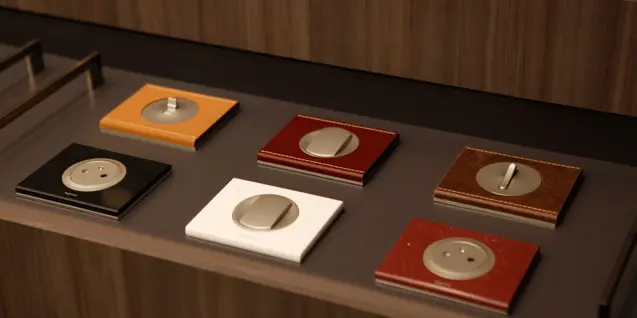
Gilles Schnepp
(since 2006)
Gilles Schnepp became the Group’s Chairman and CEO in 2006. A graduate of HEC in 1981, Gilles Schnepp joined Legrand in 1989. Having been first Deputy CFO and then CFO, he became Vice Chairman and COO in 2004.
In 2018, he became Chairman following the separation of the offices of Chairman and CEO of Legrand.
Go to Legrand's Committee page.
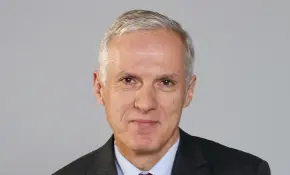
Back to the stock market
(2006)
In april 2006 Legrand returns to the stock market and is listed on Euronext Paris in April. Kohlberg Kravis Roberts (KKR) and Wendel Investissement remain majority shareholders with a 30% share each, with 19% free float, 16% held by minority shareholders and 5% by management and staff.
At the end of 2006 minority shareholders (banks and funds) sell their shares via an accelerated private institutional placement, thereby taking traded shares to 35% of the capital and increasing stock liquidity.
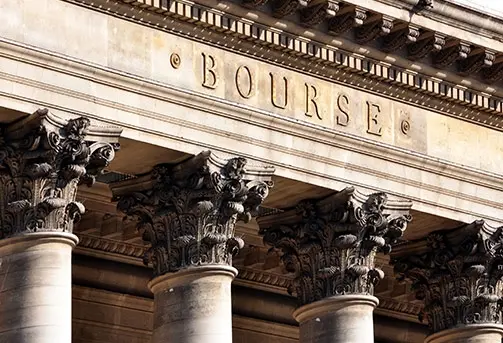
Part of the CAC 40 index
(2011)
KKR and Wendel Investissement strongly reduce their shareholdings in Legrand, which are brought down to 6% each. In December 2011,the combined effect of its share price trend, an increase in free float and the rising volume of traded shares leads to Legrand's inclusion in the CAC 40 index.
Gilles Schnepp commenting on the return to the CAC 40 index : "Legrand’s return to the CAC 40 is good news, not only for the 32,000 Legrand employees, who are proud of this accomplishment, but also for the company, whose profile will be raised, and of course for the shareholders."
Gilles Schnepp, Chairman and CEO, rings the ceremonial bell that signals the opening of trading at the stock exchange.
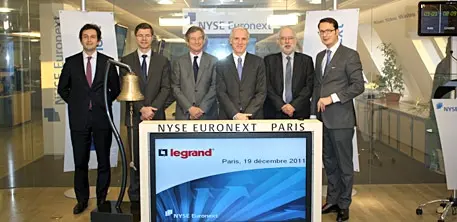
Continual progress on strategic markets
(depuis 2011)
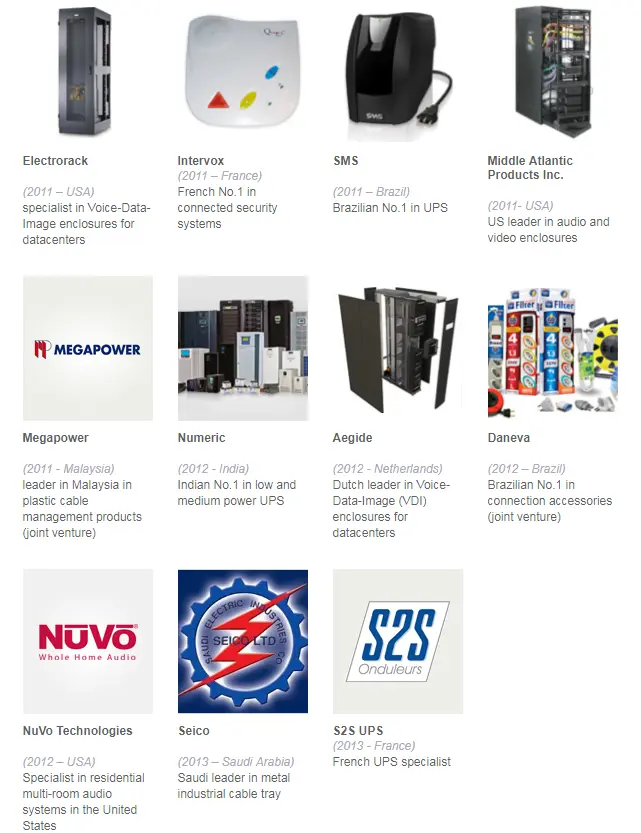
Benoît Coquart
(since 2018)
Benoît Coquart becomes the CEO of the Group in 2018. Graduate of the Institut d'Etudes Politiques de Paris (Sciences Po Paris) and the French business school ESSEC, he joined Legrand immediately after completing his studies in 1997 to manage the Group's activities in South Korea. He then became head of Investor Relations, before pursuing his career within the Group, holding several positions, including Vice-President of Corporate Development (M&A), Executive Vice-President Strategy and Development and Executive Vice-President France. Benoît Coquart has been a member of Legrand's Executive Committee since 2010.
Go to Legrand's Committee page.
